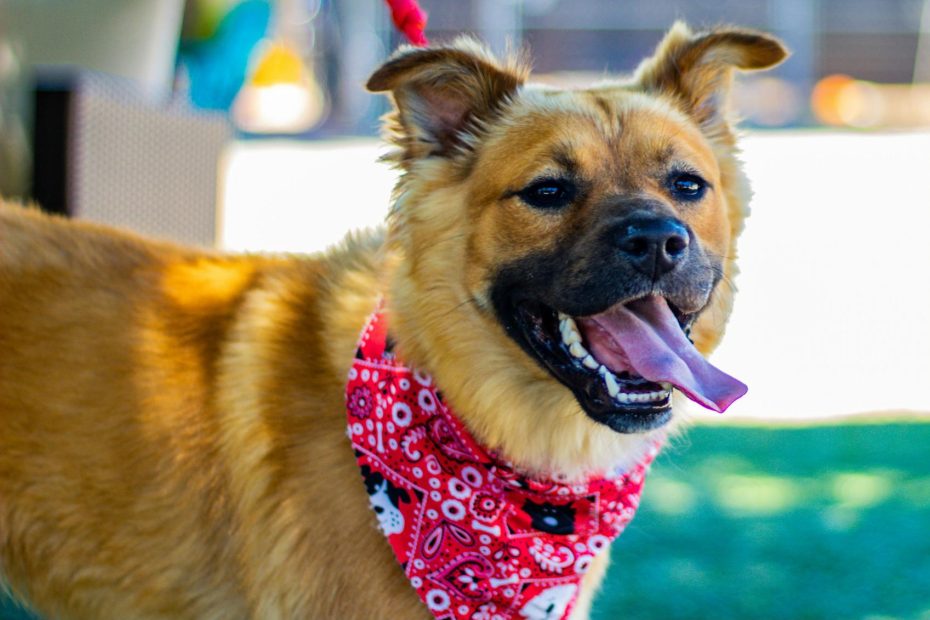If you are thinking about getting a rescue dog, I’m sure you are asking yourself this same question. But let me tell you about my experience working at a small branch from the RSPCA and also the big Dogs Trust:
It will depend on what you are looking for!
A small rescue will be able to provide a more personal approach. But they will also have less options and will appeal to less people. A big one, on the contrary, has plenty of different dogs to choose from. But unfortunately, they also have plenty of potential homes lined up for them.
Best place to find a rescue dog in 2024:
1. The little rescue
2. The big one
3. Why choosing the rescue is more important than the dog
4. Things to consider when applying for a rescue dog
1. The little rescue
Ok, the RSPCA is not small by any means, but did you know that its branches work independently? That means that they need to get their own money and they indeed operate like a small rescue. So for this purpose, my example works perfectly.
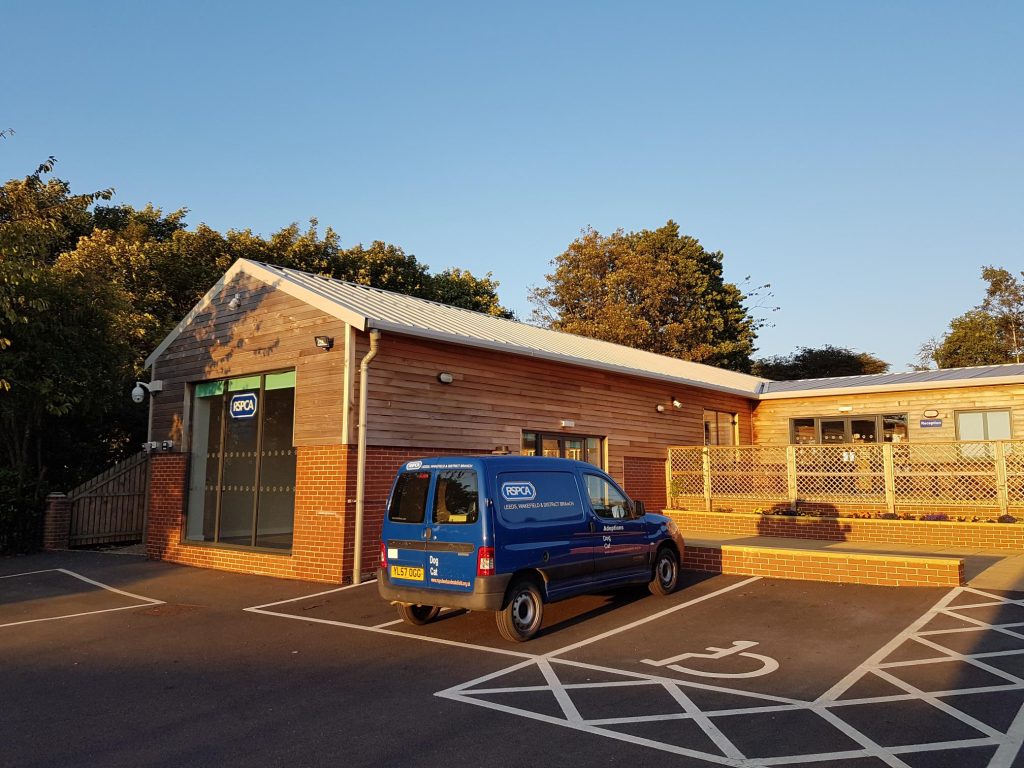
I was at the RSPCA for nearly 5 years. First as a volunteer, and then, hired as one of their animal carers. In that time, I experienced first hand how this place worked inside out.
1.a How a little rescue works
The rescue is small. There are just 15 kennels for dogs . The main building has 10 units while the “isolation block” has 5. That means that ,at any given time, they will board 15 dogs. Maybe some more if they are small ones that can share a kennel. But if you check their website, they usually have far less than that available for adoption. Why is that? Because these 2 things:
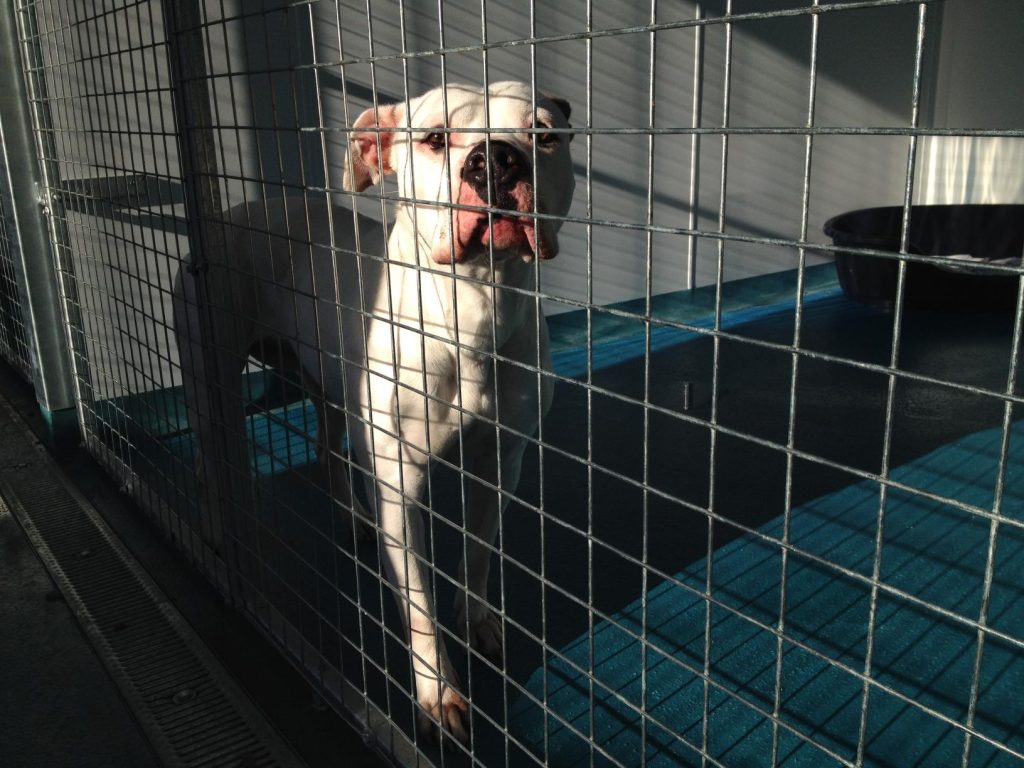
Although their turnover was not bad, they were rehoming less than a hundred dogs per year. That’s less than two dogs a week! If you are after a particular type of dog, maybe this is not the place to find them. Not enough dogs, not enough rotation and my next point, not enough variety.
1.b Where do the dogs come from?
The RSPCA doesn’t take, generally, dogs from particular owners that no longer can take care of them. The majority of their dogs come from people that are pushed to surrender their animals to avoid prosecution. These animals have not been well looked after and in some cases, have been clearly mistreated. However, when these dogs are under the RSPCA care, they are suddenly well fed, rested and looked after. And boy, you can tell they know it! Plenty of them will fully recover from their physical problems and will enjoy a great life in a new home.
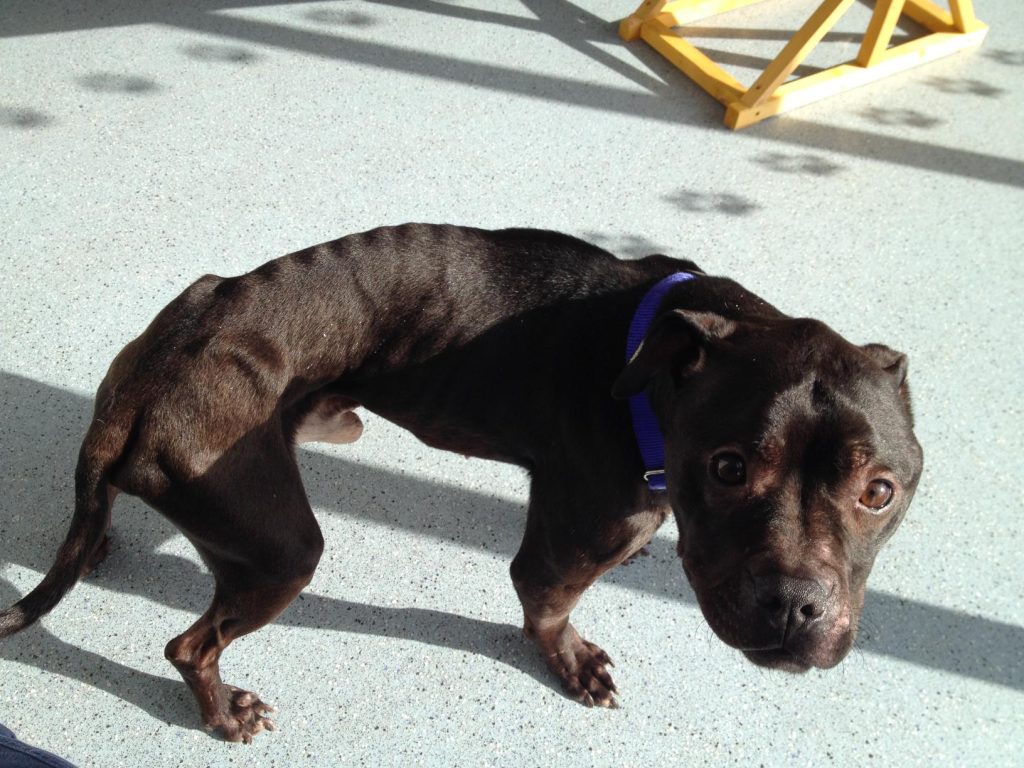
Moreover, these are the dogs that are truly grateful to have been rescued. Those that can compare their previous life with the new one.
Some exceptions to this rule are:
1.c Which types of dogs will you find here?
Keeping in mind the source of their dogs, you can imagine the type of dogs they are going to have:
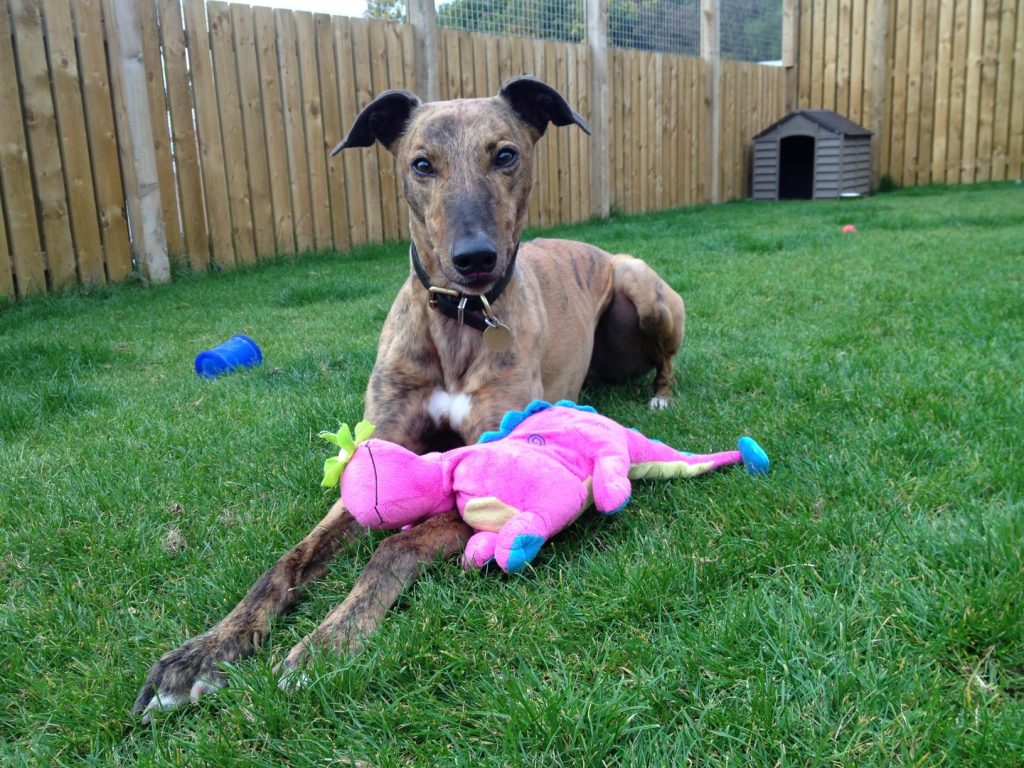
1.d What about their behaviour?
I used to think that the RSPCA was dealing with the most complex cases. They were usually unsocialised dogs, frequently coming with horrendous physical problems. Although it is true that some of them were undersocialised, the big majority of them were very people friendly. I barely remember seeing any dog that showed aggression towards people. And even less than managed to be rehomed!
It was common to have dogs that were dog reactive. But unfortunately, that is just a representation of dogs in our society these days.
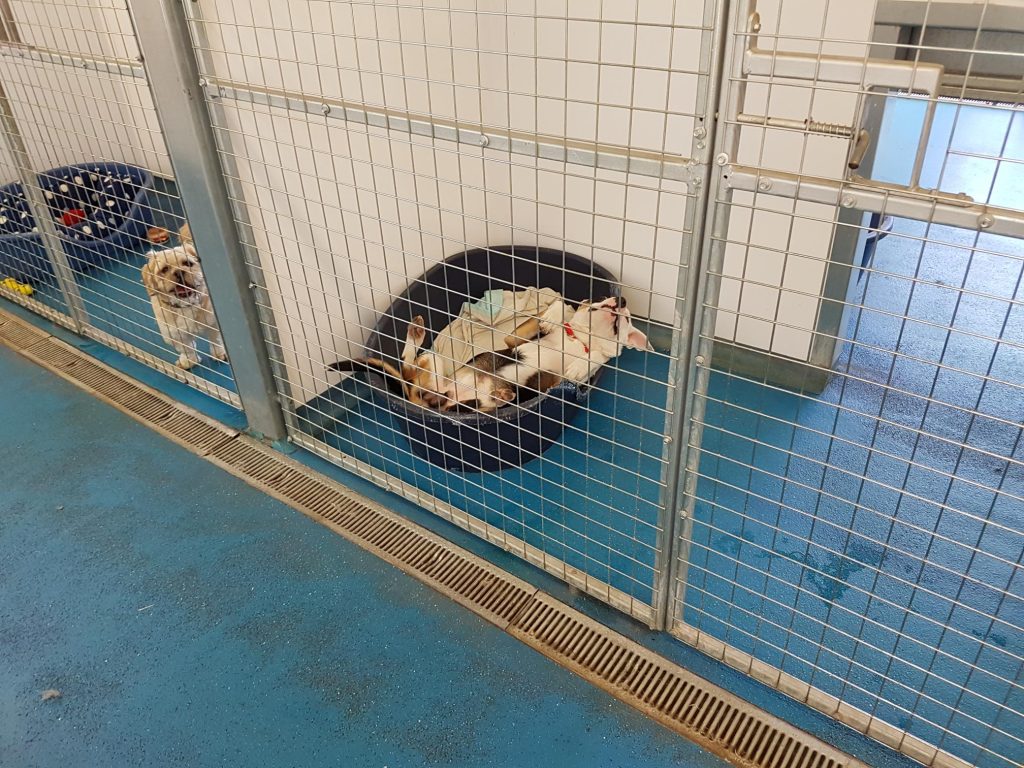
Another common behavioural problem in rescues is separation related issues. But as their dogs come from mostly welfare cases, they barely struggle to be on their own. Apart from staffies, those poor dogs love people too much to be in rescue!
1.e The rehoming process
After the pandemic every centre started to work on an appointment basis only. Firstly, you will have a look at their website. Choose a dog from there and apply by filling in a questionnaire online. Their questionnaire is not very thorough. You will not have many opportunities to explain your experience or what you are looking for. Once submitted, someone will check it and pass it into one of the carers to see if you are a suitable candidate.
If you meet their criteria, you will be invited to meet the dog. Once the first meet and greet has finished, they will set a date to do a home visit. This is to make sure everything is secure for the dog and it will be done by a volunteer. It is not a test, you don’t need to prepare anything. They want to make sure that you understand the commitments of having a dog and that you are prepared to have that one in particular. Even I had to pass one when I adopted my dog, keeping in mind that I was working there! Anyways, home visits are very much still part of any rehoming process. After you successfully pass the home visit, they will set a date to take your dog home.
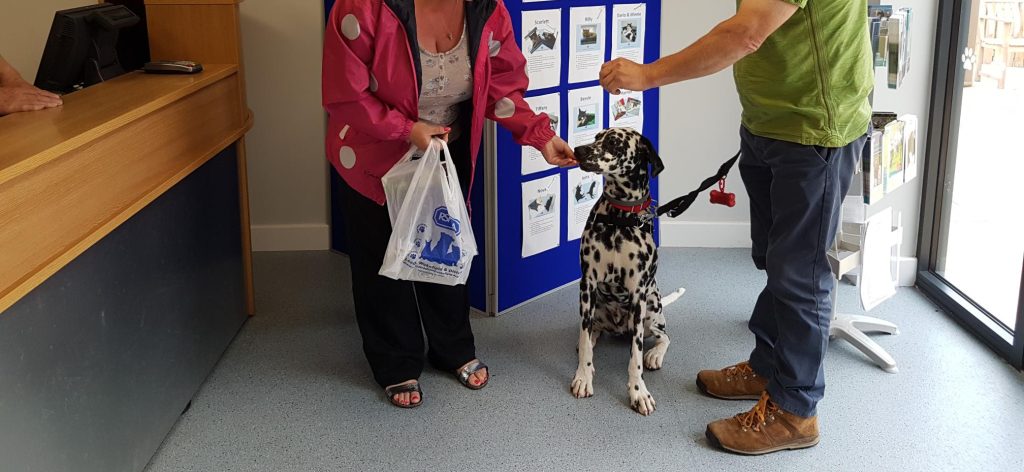
The process in a small rescue is very straightforward. Very rarely you will need more than a visit or two to take your dog home.
On one hand, the process is quite fast. But on the other hand, there is not much room to interact with your future dog nor for the team to get the dog used to their new environment.
(Although I left the RSPCA back in 2018, this process is still fairly standard for any small rescue. Since then, they have added a behaviourist to the centre team. I imagine this person is the one responsible for choosing the adopters now, instead of the carers)
1.g Post adoption support
However, not spending enough time with your new dog can be tricky. Here is where having good post adoption support will help lots! I imagine the behaviourist is now dealing with any issues that can arise. Back in the day, I did a few home visits to help adopters with dogs adopted from us. Even did some one to ones at the rehoming centre, but that wasn’t the norm.
One of the problems of going to a small rescue is that they have fewer resources . Also, not all of them will even have a behaviourist on site. Luckily, nowadays every rescue has at least one that can be at hand. But if they are going to provide their services for free and for how long, will depend very much on the particular rescue.
Another issue is that they are very much reactive. I mean, they will help but only once you have contacted them while having problems. Otherwise, they won’t have much time nor resources for a follow up.
1.f Resources
As a result of this lack of resources, a small rescue won’t deal with very complicated cases. Unfortunately, they won’t be able to help much or for long with an adoption that goes south. In these cases, returning the dog is the most common outcome.
In fact, the lack of resources not only impacts their ability to help with behavioural problems. It also applies to physical ones! Their access to special foods and expensive medication is very limited. You need to be careful when adopting a dog with any medical problems. Be sure that you understand the implications of their complications.
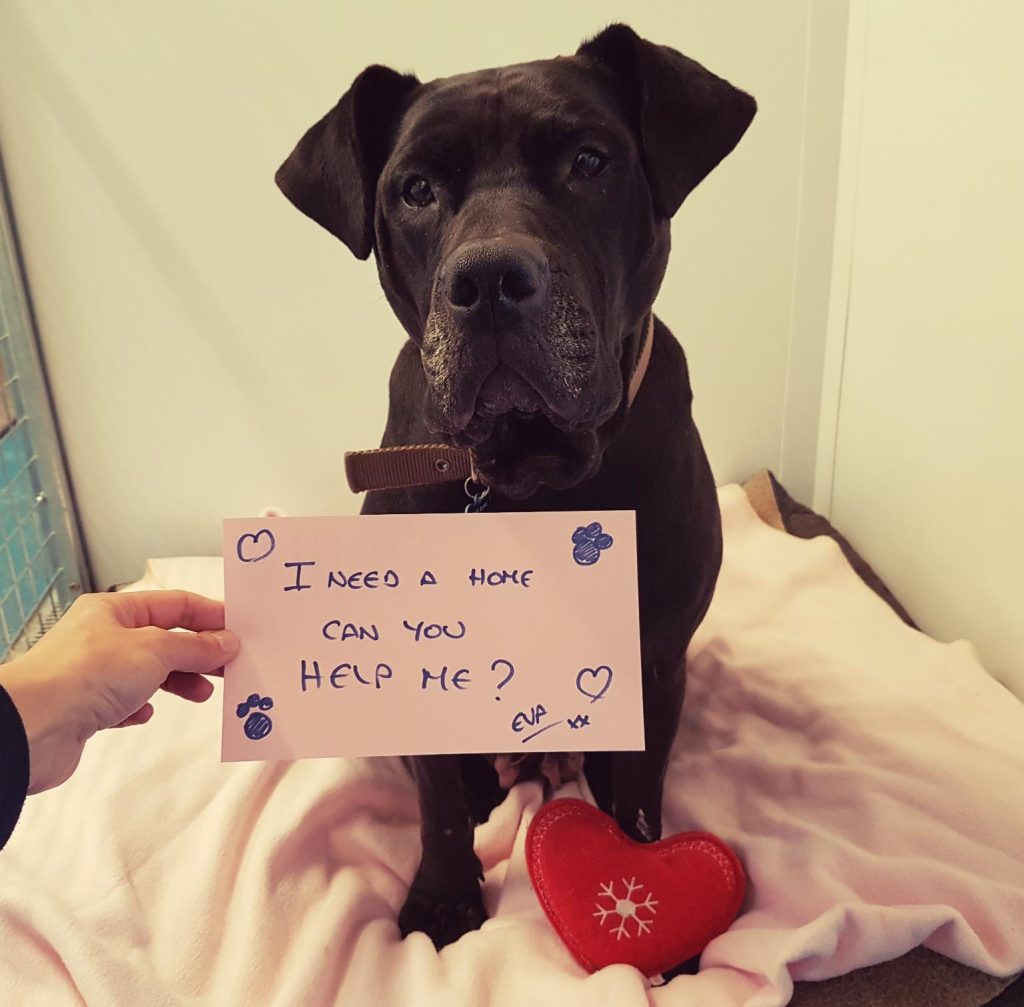
For example, I remember sending dogs home on a “Chapie diet” when they had some food allergies. Despite how cheap Chapie can be, any vet will tell you that it is not a healthy diet to keep your dog on. So if you want to investigate the problem more or try a different, specialised diet, you will soon find out how expensive that can be.
Another typical example at the time (I hope things have improved now, but I doubt it) was using steroids to treat skin allergies instead of Apoquel (a specific, but extremely expensive medication).
Finally, I don’t want to sound like they don’t look after their animals, they do wonders with the money they have. They provide a temporary solution, and that’s what you need to be careful with! Because if you are taking one of their dogs home, be aware that things can get far more expensive than what they have been doing. At least if you want to provide the best long term care.
2. The big one
When talking about a big rescue I don’t think it comes bigger than Dogs Trust. I have worked in two of their rehoming centres, first in Manchester and later on in Leeds for nearly 5 years in total. And although plenty of people complain about how difficult it is to get a dog from them, I reckon there are still lots of misconceptions about how the biggest dog rescue in the UK works. Let’s have a look:
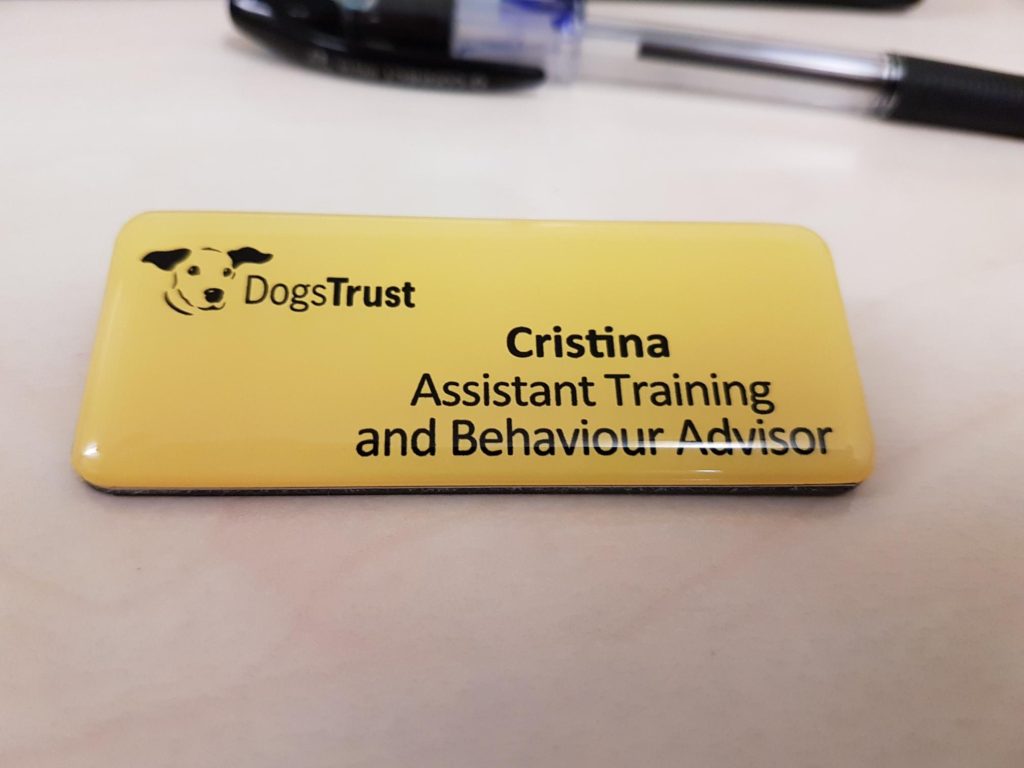
2.a How the big rescue works
Dogs Trust centres are big, with nearly 70 kennels and several buildings to allocate different dogs. They work as a whole organization, their resources, that are plenty, are distributed from the head office. The rehoming centres share everything, apart from their dogs. They won’t transfer a dog to a centre closer to you. Although they will transfer a dog to a different centre if that helps their rehomability.
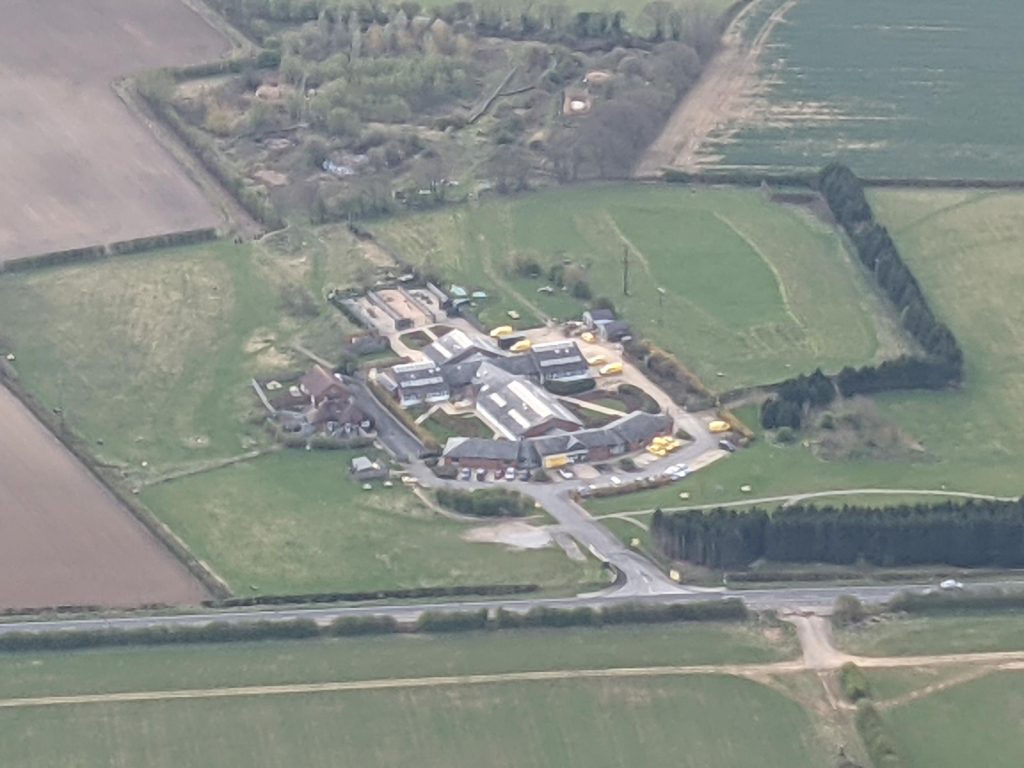
As we have seen at the little rescue, when you search for dogs at these centres, they have far less available than the ones that they are boarding at present. And Dogs Trust also has plenty of fosterers, so they can be looking after 100 dogs at any given time. But you won’t see that many available. This can be due to:
The turnover here is quite fast, with several dogs rehomed each week. They rehome hundreds of dogs a year, and it is not unknown to have surpassed even the thousand mark! Imagine the amount of dogs that pass through each of their centres!
2.b Where do the dogs come from?
Unfortunately, the source of their dogs is never ending. Dogs Trust mainly takes dogs from members of the public that can’t take care of their dogs anymore. As things stand now, there are more people getting rid of their dogs than people adopting them. The cost of living crisis is leaving people with no other option than relinquishing dogs at the rehoming centres. While less and less people can afford to rescue a dog.
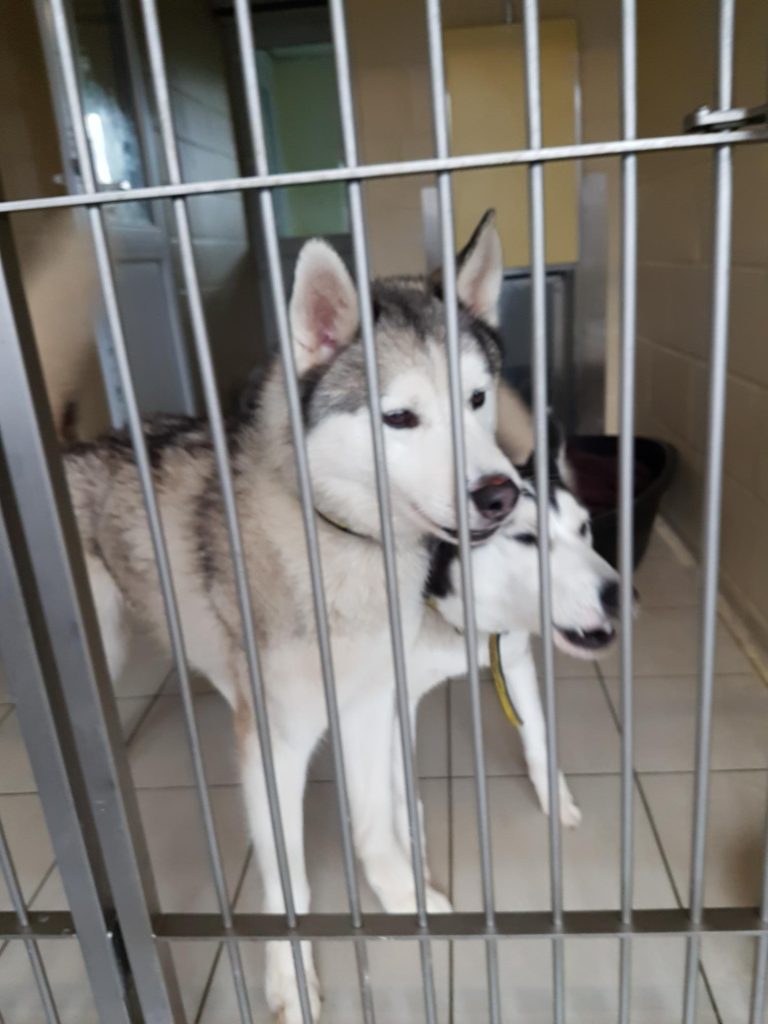
But that’s not the only source of their dogs, they can have a vast variety of dogs coming from:
That makes a huge difference about how these dogs are going to adapt to kennels and the problems that they can show.
Everyone knows that in order to take your dog in, Dogs Trust will do a pre-intake assessment to make sure your dog is safe to rehome and they will cope with life in kennels. What most people don’t know is that when someone returns their “Dogs Trust dog“, that doesn’t happen. They will take anything in! And as I will explain later, that creates a lot of trouble.
Until I worked here I couldn’t imagine how difficult their dogs could be nor how much a pampered dog will break in kennels. Dogs that have lived all their lives in the comforts of a nice home are not prepared to be in a kennel. Period. And it will take plenty of time for that dog to be back to normal.
What does this mean when you rescue one? That compared to the dogs at the RSPCA, they are not going to be grateful to be rescued. In many cases, it will add to their confusion.
2.c Which types of dogs will you find here?
Firstly, they have the biggest variety of rescue dogs here. If you are after a particular breed, pretty sure Dogs Trust will have at least one at some point. People keep buying purebred dogs and getting rid of them exactly the same as people who get crossbreed ones.
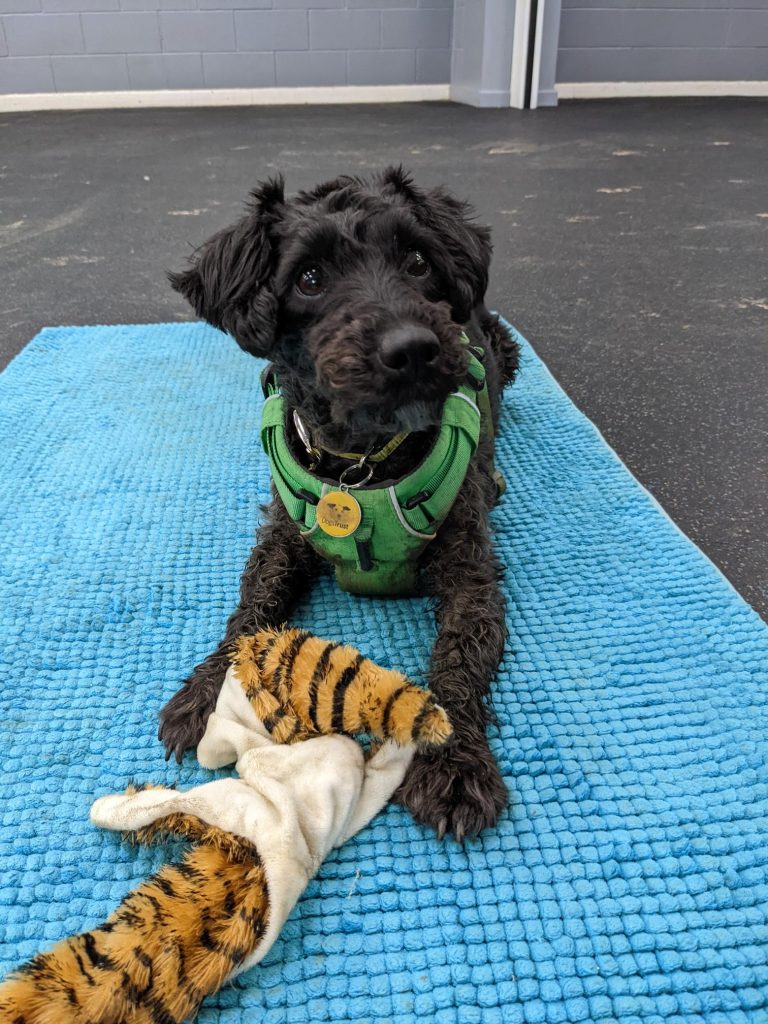
Secondly, as they mostly come from particular homes, they can be of all sizes and types. From labradoodles that become too boisterous to chihuahuas that get too noisy and everything in between. Plenty of people bring their dogs in because they don’t want to rehome them privately. Not because their dog has any particular problem, they just had a change of circumstances.
Thirdly, those coming from stray pounds or ex racers are usually big dogs like greyhounds and bull breeds.
Finally, those coming from other rescues usually have some serious medical problems that need a big rescue to deal with them.
2.d What about their behaviour?
Remember when I said I thought the RSPCA dealt with the most difficult dogs… Well, until I started to work for Dogs Trust! Let me be clear, not all dogs here have issues and not all of the dogs that have issues, have very serious ones. But it is like a “general knowledge” that Dogs Trust dogs are very well trained and easy dogs to rehome. And in my experience, not all, not by any means!
There are dogs that just have a bit of a melt down and need a couple of weeks to bounce back. They will be rehomed easily and their adopters will have no issues apart from the normal settling process.
Moreover, there are dogs that have no issues at all, are rehomed straightaway and enjoy a perfectly second chance life.
However, there are some dogs that after being in kennels, will have their life shattered to pieces and will need a completely different home than the one they came from. These are your “adult only”, “only pet”, “no visiting children”,… their criteria is specific to avoid having them coming back.
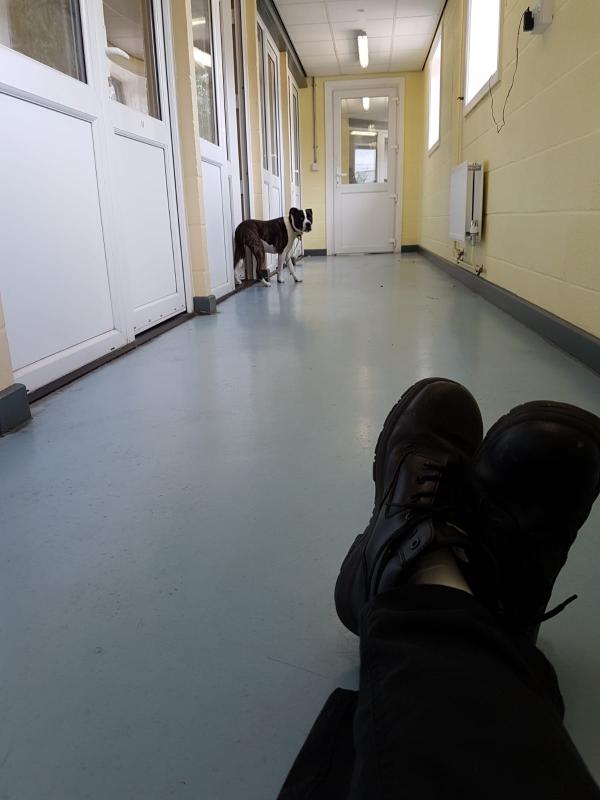
And finally, there are a certain group of dogs with severe behavioural problems that will need a very specific home and a very special adopter. These are the ones that have been returned due to these problems and in a different rescue, they wouldn’t stand a chance. But here, after months or even years invested in them, trained by an amazing behavioural team, they will be able to enjoy a great life.
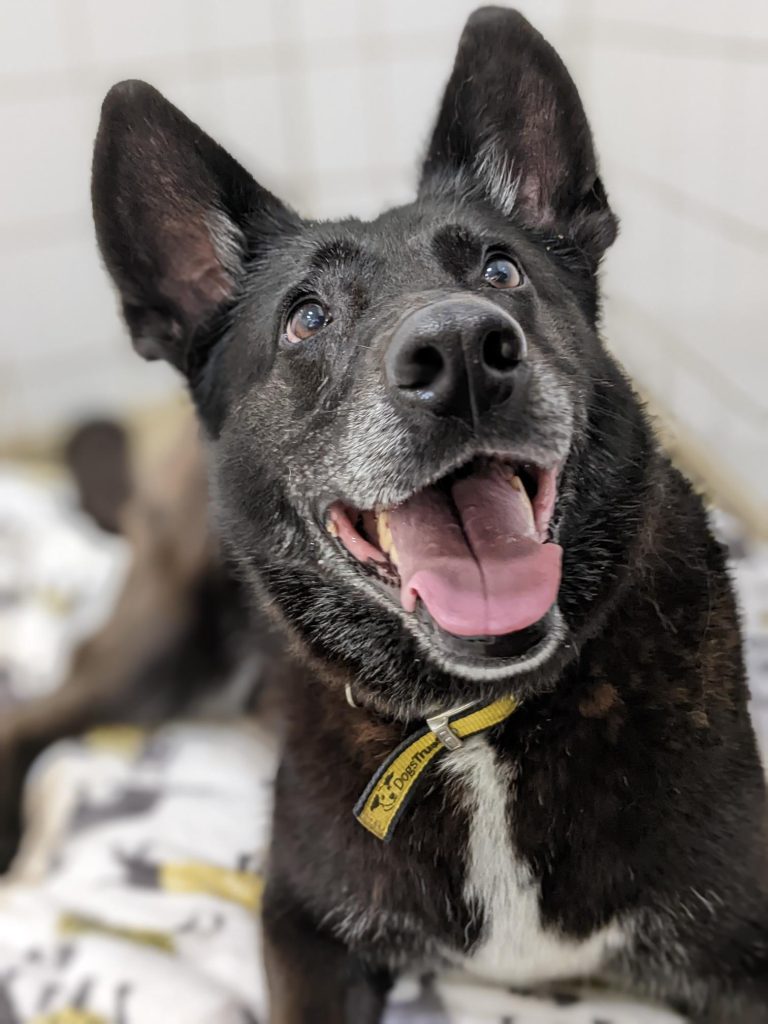
2.e The rehoming process
Although the rehoming process has changed since I left DT last year, the only bit that is different is that you are no longer applying for a particular dog. But everything else, it’s exactly the same.
DogsTrust still allows people to go and browse their dogs. But so you know, not all their dogs available for adoption are on show in the rehoming building. Also, those that have some issues will need an extra screen done by their behaviourist before you can even meet them.
After filling in their questionnaire, which is very thorough, they will now contact you if they can find a match. Although I can imagine this new approach can be very frustrating for you, it gives them an amazing pool of potential homes that they can then distribute among the hundreds of dogs in their care. Back in the day, it was very frustrating having hundreds of applications for the same cute, tiny dog and none for your regular brindle medium size one.
Their questionnaire gives you plenty of opportunities to stand out. Also to explain in detail which type of home and expertise you can provide for one of their dogs. Use it!
Here you have “rehomers”. They are in charge of reviewing every single application and match it to their potential dog. As I said, if the dog has any behavioural issue, you will need to jump an extra hoop with the behaviourist supervising that particular dog. They will contact you personally to make sure you are the home they are looking for.
But how long can the process be?
Once it has been decided that you are the perfect match, the rehoming process will last from a few days to some months. It used to be just one meet and greet and the dog would go home. But we fought for having a minimum of two visits from potential adopters before taking the dog home. You don’t build a bond in two visits, but you get to know your dog a bit more. You also have the chance to see them in different circumstances. And by the time they go home, they have seen you a bit more. In my experience, dogs that go fast, come back even faster.
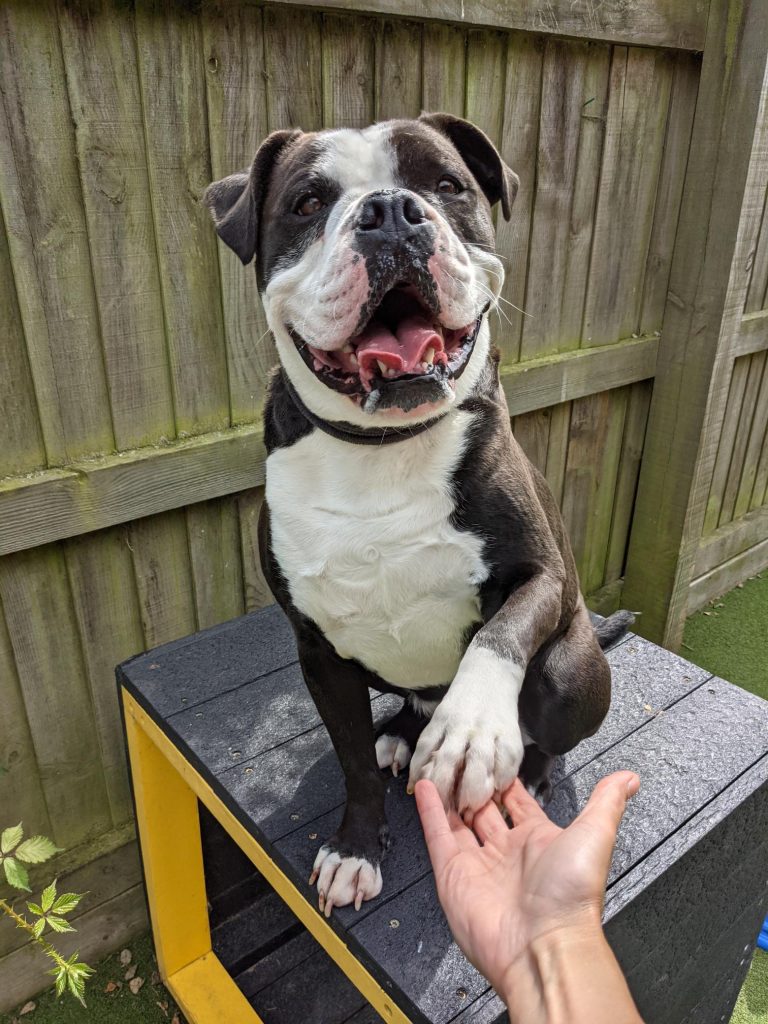
And it is here where you will see the main difference with a little rescue. For some of those challenging dogs, the rehoming process will take weeks, if not months. The commitment, the effort those adopters do in order to rescue that dog are incredible. I have had people coming for months to see their dog. Spending time with them firstly supervised and barely able to interact with them, building up their bond very gradually. Then doing home visits with the dog, spending time together, letting them spend time on their own. The amount of work and personalization that these rehoming processes have are enormous! No small rescue can afford this. And it was, without a doubt, the best part of the job.
As you can imagine, these rehoming processes will need post adoption support, but not only the challenging dogs get support. At Dogs Trust it comes as a standard!
2.g Post adoption support
Hands down, Dogs Trust has amazing post adoption support. Not only are they proactive, giving you a call 2 days, 2 weeks and 4 months after the adoption. They also have dog trainers that will provide one to ones or will visit you in your home. If things get really bad, they have clinical behaviourists that will arrange free consultations.
Moreover, they even have a helpline for free for any person having problems with their dog! And a very affordable team of clinical behaviourists for dogs that are not Dogs Trust dogs.
2.f Resources
Actually, having a service like that is very expensive. And it doesn’t come as a surprise that Dogs Trust has lots of money. After coming from the RSPCA, I was in awe with all the resources Dogs Trust had. And that is something that will also benefit you as an adopter.
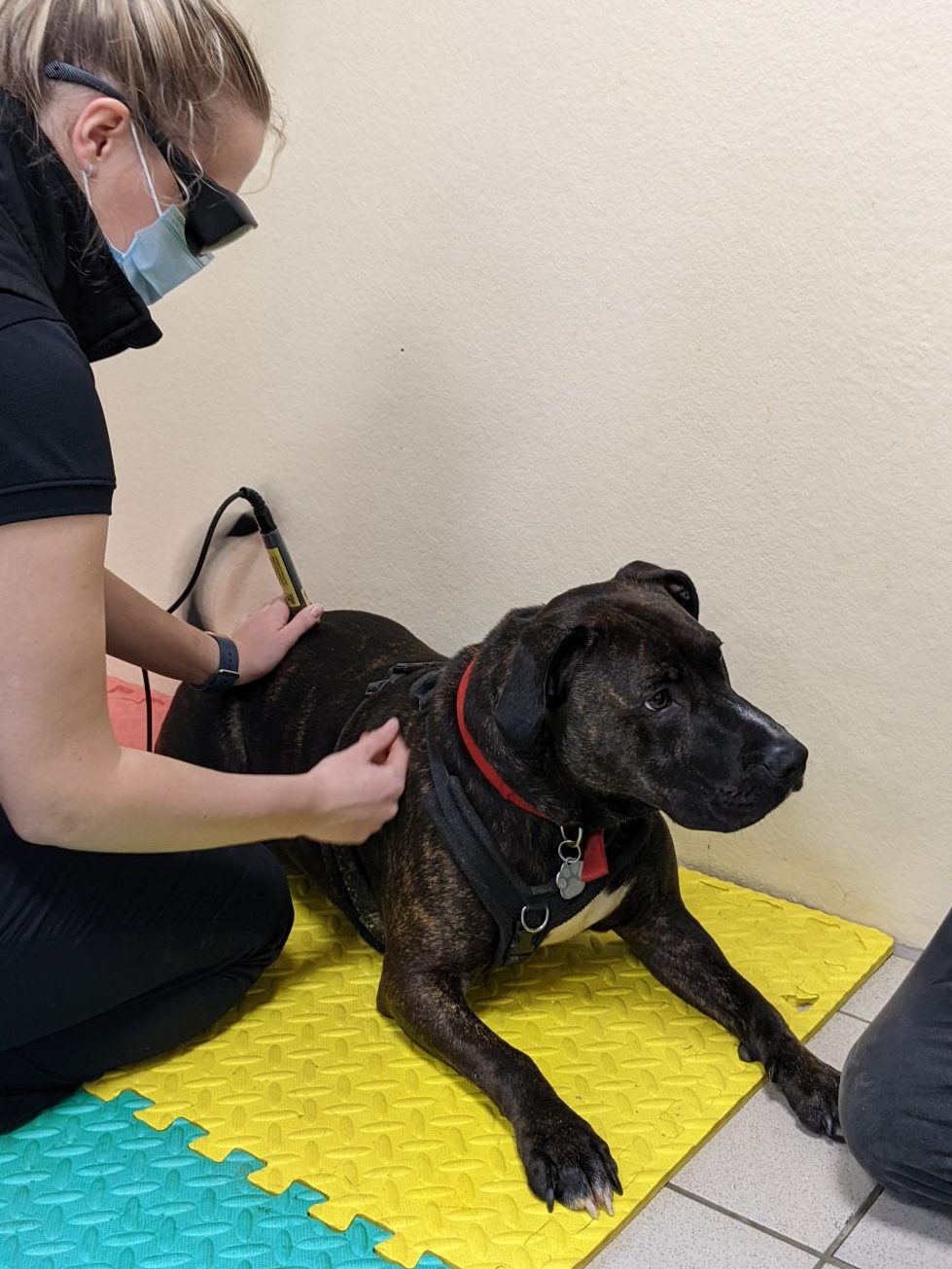
Your dog will have anything they need, from proper diet foods to the best medical care. In some cases, DT will pay for some medications. For a certain amount of time or will help you with the cost of some treatments. Like giving hydrotherapy for free if your dog needs it.
To sum up, you won’t have surprises when adopting a dog from them. They will be already on the best standard of care possible.
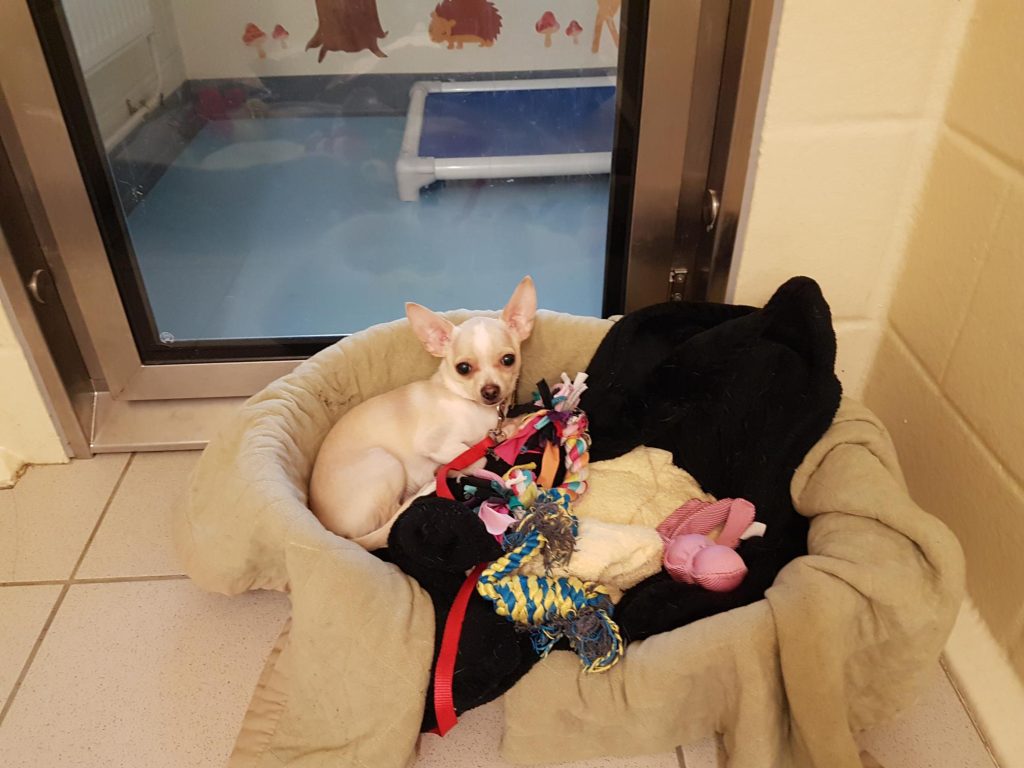
3. Why choosing the rescue is more important than the dog
As a result, you are probably wondering now, but which one is better for me? As I said, it depends.
In my opinion, a little rescue, like my experience at the RSPCA ,is great for experienced people that can handle easy to moderate behavioural problems and that won’t need much support. Also, that can afford some surprises either behavioural or medical once they take their dog home.
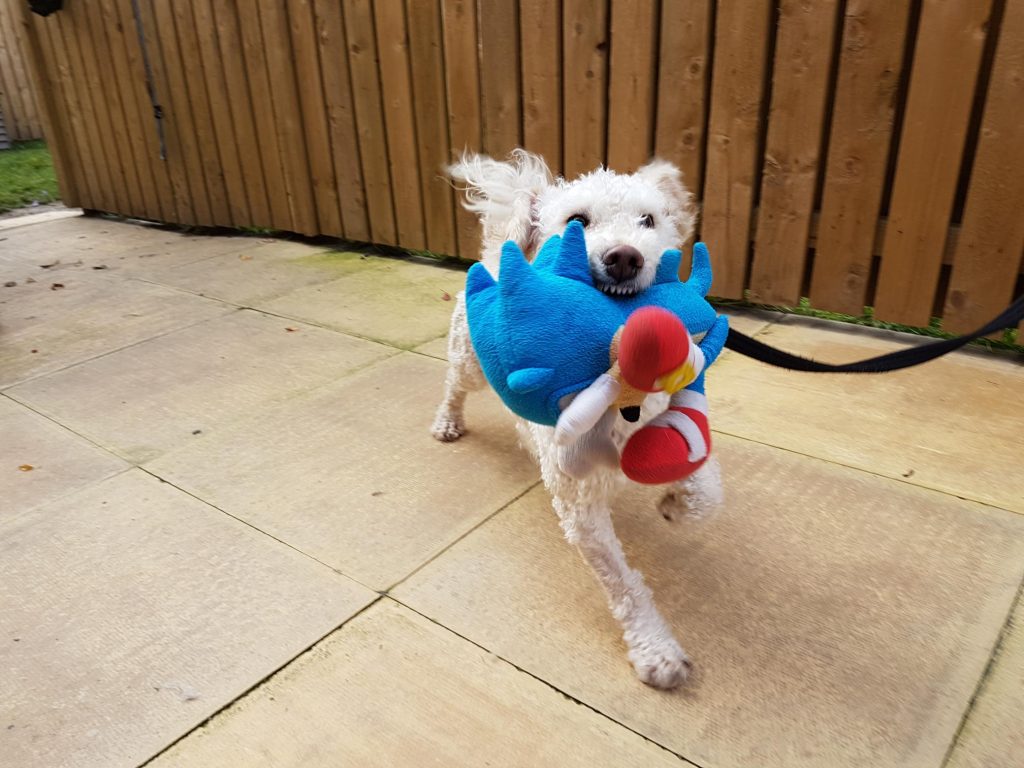
On the other hand, a big rescue, like Dogs Trust, is great for new adopters or very experienced adopters looking for a project dog that can benefit from a solid post adoption support programme.
The type of dog that you are looking for will be an important part of your choice too. As we have seen, the dogs are going to be different as their problems will be depending on the rescue. For example, if you have children, you need to go to a rescue that knows the previous history of their dogs. No proper rescue will rehome a stray dog to a home where there are children. Exactly the same it will be risky to rehome a dog with another pet if you have no previous information.
A small rescue will be more willing to consider you for other dogs even though you don’t get the one you applied for. While a big one will put your application in a folder and most likely won’t contact you back unless you show interest again.
Also if you are after a particular breed, a tiny rescue will have less chances to get that specific dog. It is just a probability game, unless you are after a very popular breed. In that case, creating a relationship with a small rescue can bring you the dog you are looking for before they even make it to their website.
To sum up
Choosing the rescue will increase the chances of getting your dog. Far more than just focusing on finding the right dog.
4. Things to consider when applying for a rescue dog
All in all, adopting a dog in the UK is getting more and more complicated. Rescues are putting more obstacles than ever and it is now more common for people to get their dogs through private adoptions rather than rehoming centres.
Although you can go down that route, getting your dog from a private adoption opens another can of worms! Check what I have to say about it in my previous post.
In my experience, what you need to consider in order to find your dream rescue dog is:
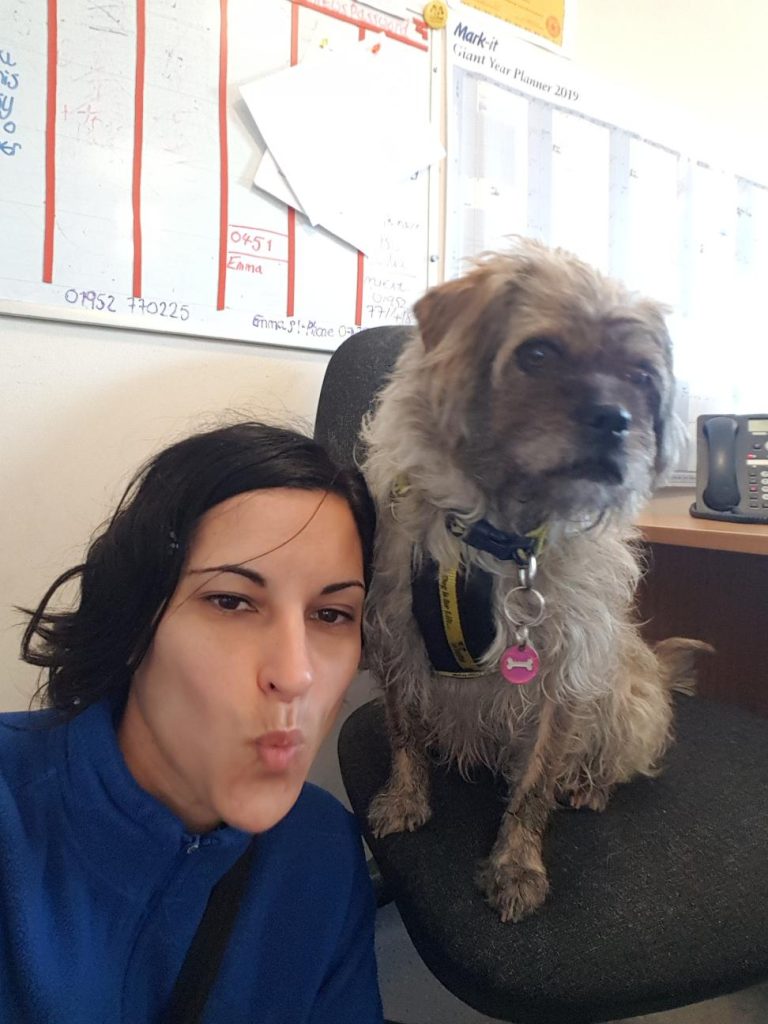
Let me know what you think. Is this your experience with rescues?
